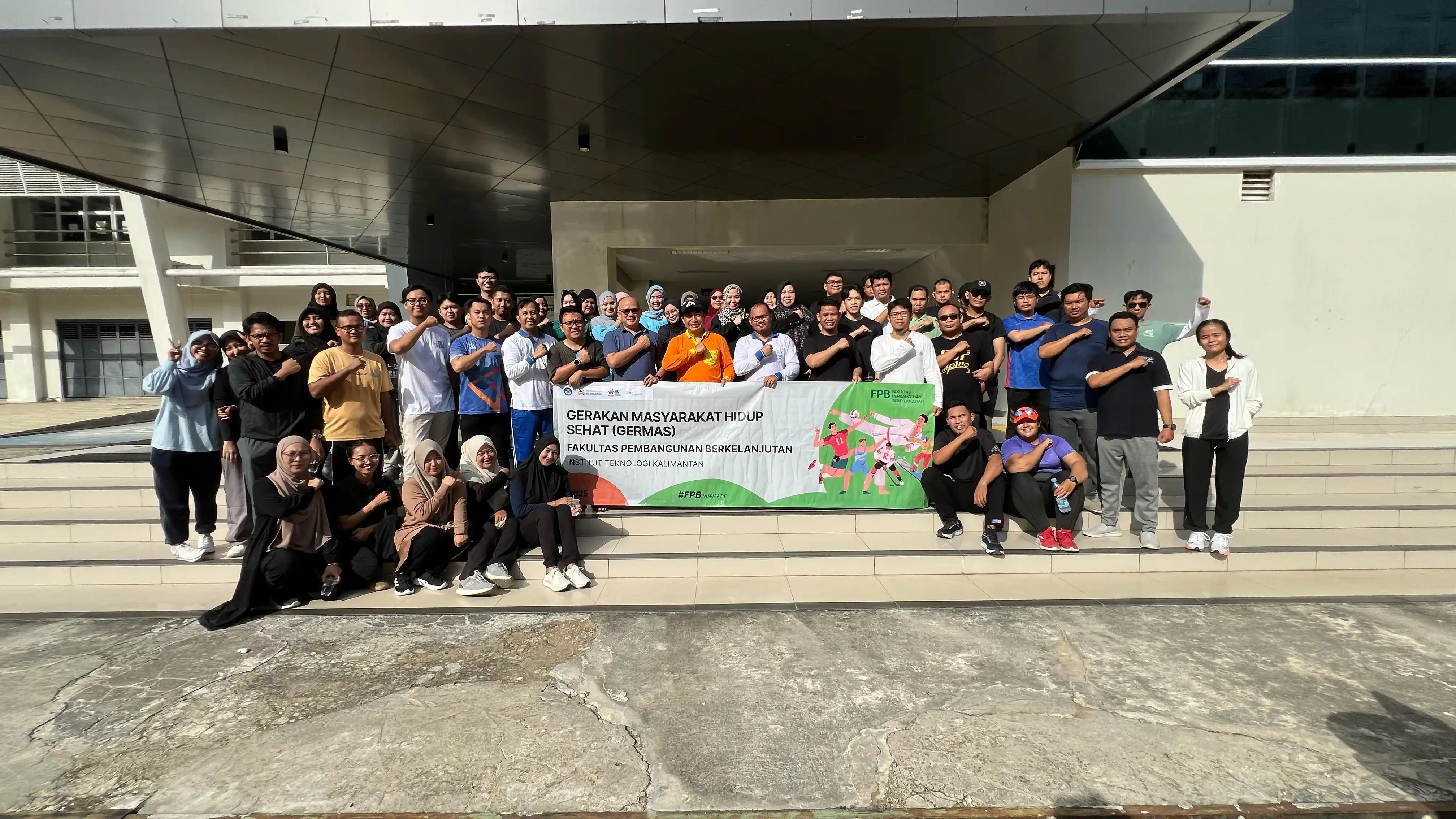Detail Berita
Top 5 Most Popular Study Programs in SNBP 2024 at ITK
.webp)
Isi Artikel
The Institut Teknologi Kalimantan (ITK) continues to be one of the most attractive universities for prospective students every year. In 2024, five study programs recorded the highest number of applicants through the National Selection Based on Achievement (SNBP) route. These programs are highly relevant to current technological developments, industry needs, and market demands. Below are the top 5 study programs with the most applicants at ITK in 2024:
- Safety Engineering Study Program
The Safety Engineering program at ITK has become one of the top choices for prospective students interested in safety in industrial, construction, and transportation environments. The main focus of this program is to equip students with knowledge and skills to design, analyze, and manage safety systems to minimize the risk of workplace accidents and disasters. With the increasing awareness of the importance of occupational safety, this program continues to attract many applicants, offering both promising career prospects and challenges in solving safety issues across various sectors. - Informatics Study Program
The Informatics program at ITK is one of the study programs with the most applicants in 2024. With the rapid development of information and communication technology, careers in informatika are increasingly sought after by the younger generation. Students in this program will study topics related to software development, computer networks, artificial intelligence, and big data processing. Graduates in Informatics have broad career prospects, from application development, cybersecurity, to information technology project management. - Information Systems Study Program
The Information Systems program at ITK not only focuses on technical aspects but also on how information technology can be integrated with organizational management systems to support decision-making. This program teaches students how to design and manage efficient information systems to support business processes across various sectors. With the growing demand for professionals who can manage and utilize information technology in the business world, this program has become a highly attractive choice for prospective students. - Digital Business Study Program
Along with the digital transformation taking place in almost every industrial sector, the Digital Business program at ITK is gaining increasing attention. This program combines business understanding with adequate digital technology knowledge. Students who choose this program will learn how to leverage digital technology to develop new business models, design digital marketing strategies, and manage digital resources to enhance efficiency and competitiveness. Expertise in this field is highly sought after by companies that want to adapt to digital developments and the rapid growth of e-commerce trends. - Industrial Engineering Study Program
The Industrial Engineering program at ITK has long been one of the most popular choices among prospective students. This program focuses on optimizing industrial processes, supply chain management, and applying technology to improve efficiency and productivity in the industrial sector. Industrial Engineering also teaches students about system analysis, production planning, and quality control, which are essential for ensuring the success of industrial operations. With the rise of Industry 4.0 and the need for more efficient and environmentally friendly production systems, Industrial Engineering remains one of the top choices for many applicants.
These five study programs demonstrate that interest in education at ITK continues to grow in line with technological and industrial advancements. Each program is highly relevant to the ever-changing job market needs and offers vast career prospects for its graduates. With the increasing demand for professionals in the fields of technology, safety, and industrial management, these five study programs are sure to remain top choices for prospective students seeking careers in the digital and modern industrial era.
For prospective students interested in applying, ITK provides sufficient educational facilities to develop the skills and knowledge needed in the workforce. As the number of applicants increases in 2024, ITK continues to prove itself as a university capable of offering competitive and relevant study programs in Indonesian higher education.
Isi Artikel
Tags
Campus Education Student Admission SNBT UTBKTags
Campus Education Student Admission SNBT UTBKBerita Terbaru
 News
News
Faculty of Sustainable Development Holds GERMAS with Ling Tien Kung Exercise
ITK's Faculty of Sustainable Development successfully held a Healthy Living Community Movement (GERMAS) event featuring Ling Tien Kung therapeutic exercises, attended by campus leaders, demonstrating a commitment to building physically and mentally health
.webp) Diktisaintek Berdampak
Diktisaintek Berdampak
Zaky Dio Akbar Pangestu's internship at Ozy Games showcases an ITK student leading the development of "Dunia Sebrang," a survival horror game that innovatively blends Kalimantan mythology with advanced gameplay, while honing his managerial and technical s
.webp) Achievement
Achievement
ITK Students Win 3rd Place in Appropriate Technology Innovation Contest with “SCANOT” Supercapacitor
Two Chemical Engineering students from the Institut Teknologi Kalimantan (ITK) have successfully brought home the 3rd Place award at the Appropriate Technology Innovation (TTG) Competition held at the Balikpapan Utara District level.

.webp)
.webp)